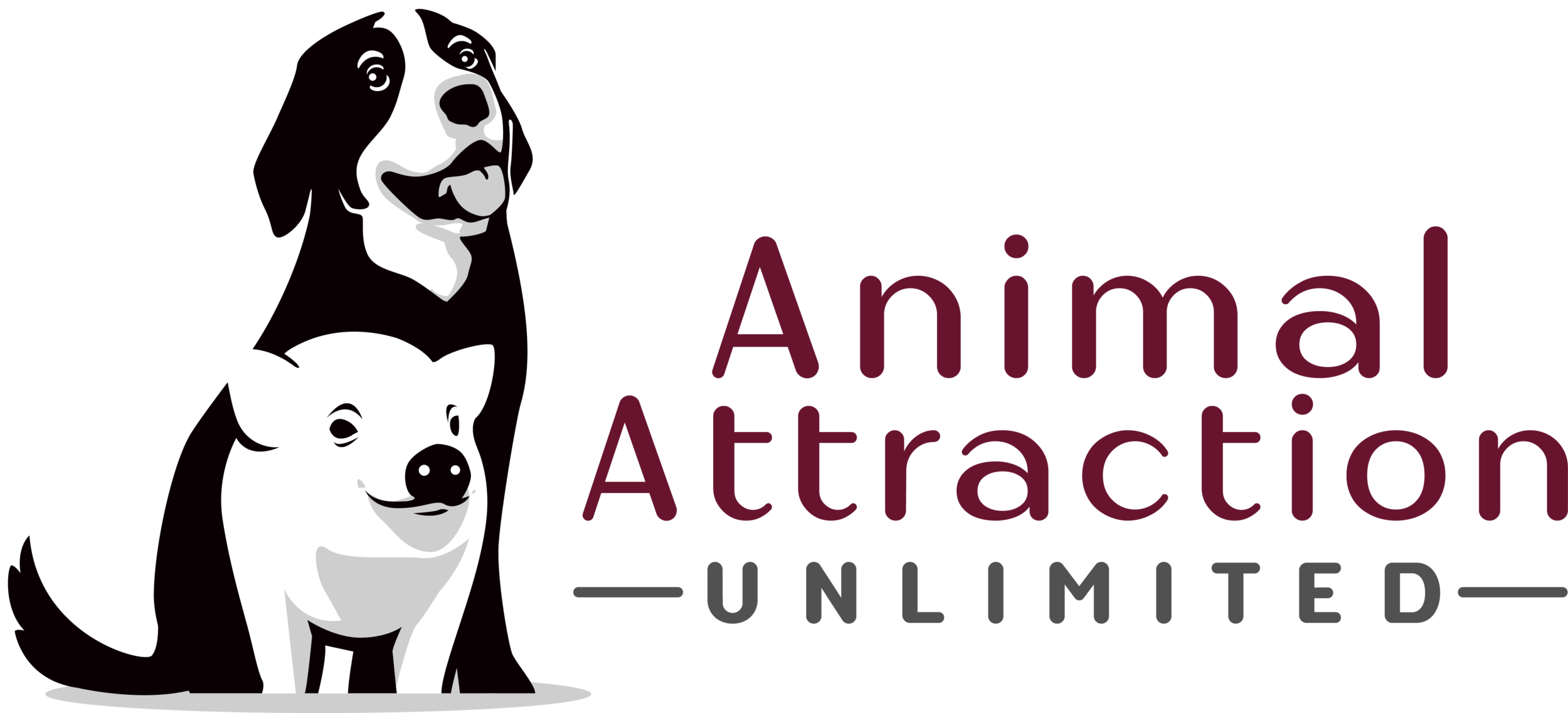Beyond "Sit" and "Stay": The Ultimate Guide to Dog Management
Management Tools and Strategies
In this podcast we provide several examples of management tools and strategies. Some options include:
Physical barriers: Baby gates, tethers (leashes or cables), crates, and exercise pens are effective for controlling a dog's movement and preventing access to certain areas.
Controlling the environment: This includes simple actions like closing doors, having a fenced backyard, or setting up an extra gated area in your yard. One host even had their gas and electric meters moved so the meter reader wouldn't have to enter their property.
Managing social situations: For events like parties, the hosts suggest managing your dog to avoid issues like jumping on guests or stealing food. Even if a dog is well-behaved, using a crate or putting them on a "down-stay" prevents them from practicing problem behaviors in a distracting environment.
Management vs. Training
We discuss that management is not the same as avoidance. Instead, it's a tool used while you are training to prevent setbacks. It is important to remember that a dog is "fixed" after just a few training sessions and then abruptly removing all management.
Responsibility and Safety
It is also important to focus on safety and responsibility. Laura tells about someone who trusted a plumber to keep their gate closed, leading to the dogs getting out and behaving aggressively. This highlights a crucial point: it is the dog owner's responsibility to manage their dog's behavior, not a visitor's or a service person's. Managing your dog ensures both its safety and the safety of others.
The podcast concludes by emphasizing that management is a continuous part of dog ownership, not just a temporary fix. It's a way to ensure the dog doesn't practice unwanted behaviors, especially in situations where it's stressed, excited, or presented with unusual circumstances. This allows training to be effective and prevents a "one step forward, two steps back" scenario.
